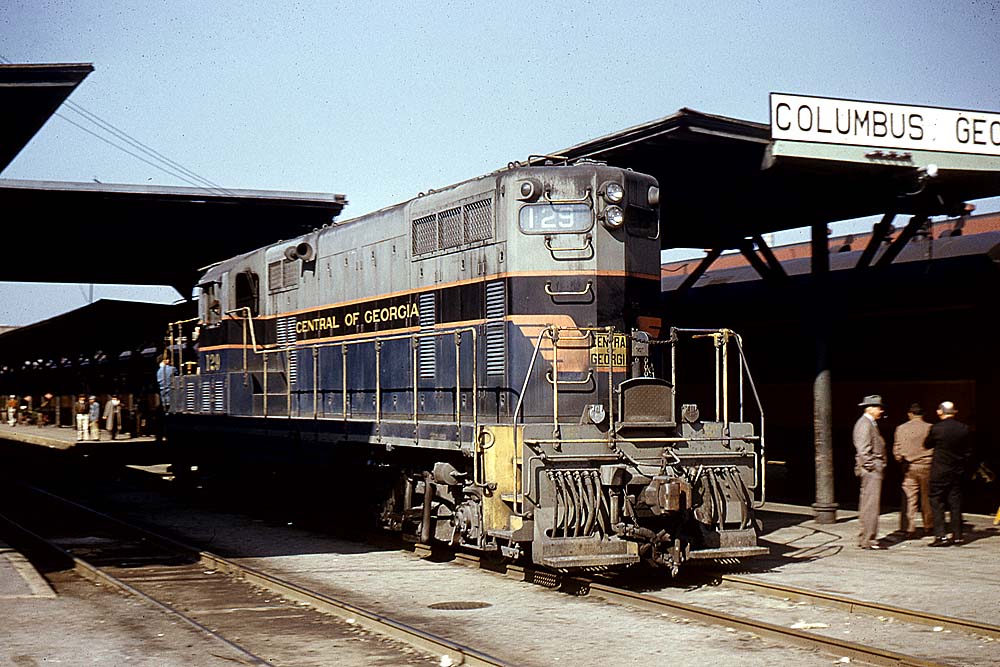
Central of Georgia locomotives bought a great deal of variety to the South. When the Central of Georgia Railway was organized in 1895, it had 214 steam locomotives of the 4-4-0, 4-6-0, and 2-6-0 types. The roster was expanded in the early 1900s with 2-8-0s, 2-8-2s, 2-10-2s, 4-6-2s, 4-8-2s, and, briefly, 2-6-6-2s. Many of these […]
Read More…
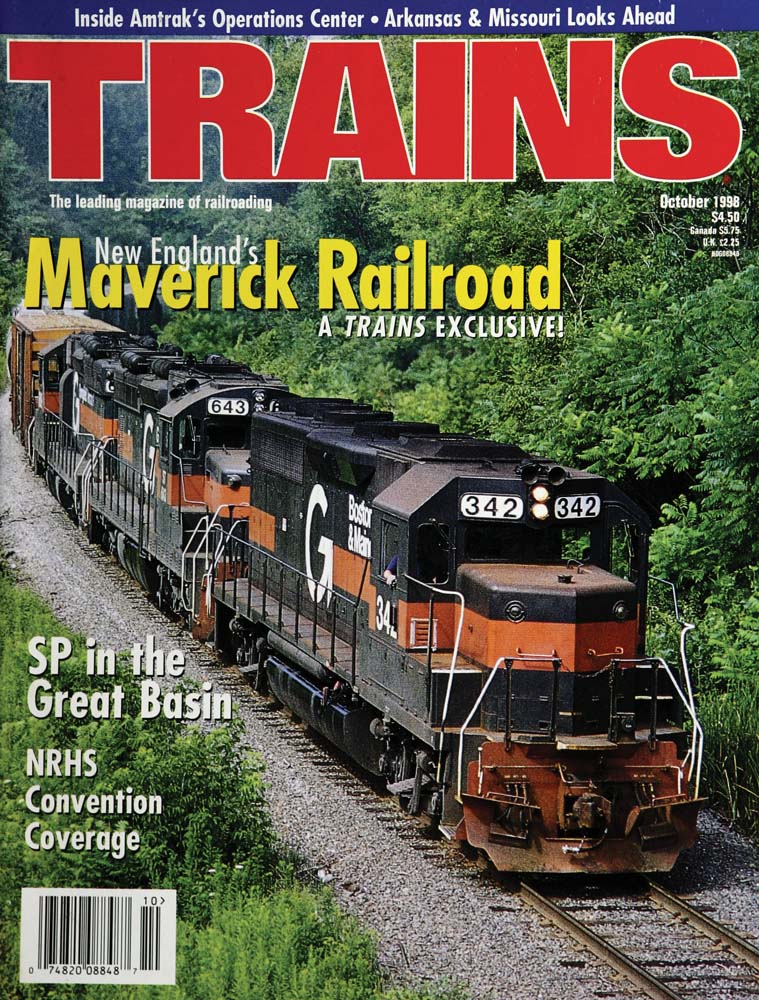
I never met David “Dave” A. Fink, but I felt his presence for a while in the late 1990s. The pugnacious president of Guilford Transportation Industries had a reputation for being difficult with journalists, but long about 1997 I decided Trains absolutely had to have a profile of his railroad, no matter what. Fink proved […]
Read More…
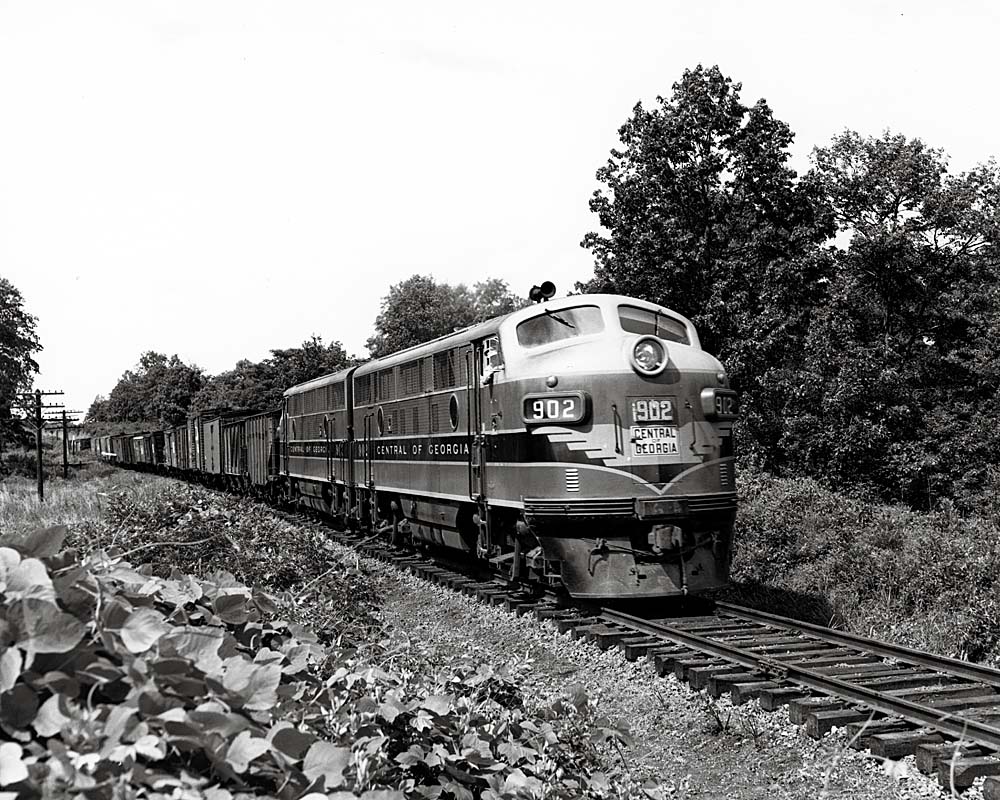
The builders of the Central of Georgia Railway’s earliest predecessor lines, beginning in my hometown of Savannah, could not have imagined that their railroad would eventually extend across Georgia into Alabama, barely into Tennessee, and, briefly, just inside Florida. But they persisted in assembling smaller roads into “A Hand Full of Strong Lines,” a slogan […]
Read More…
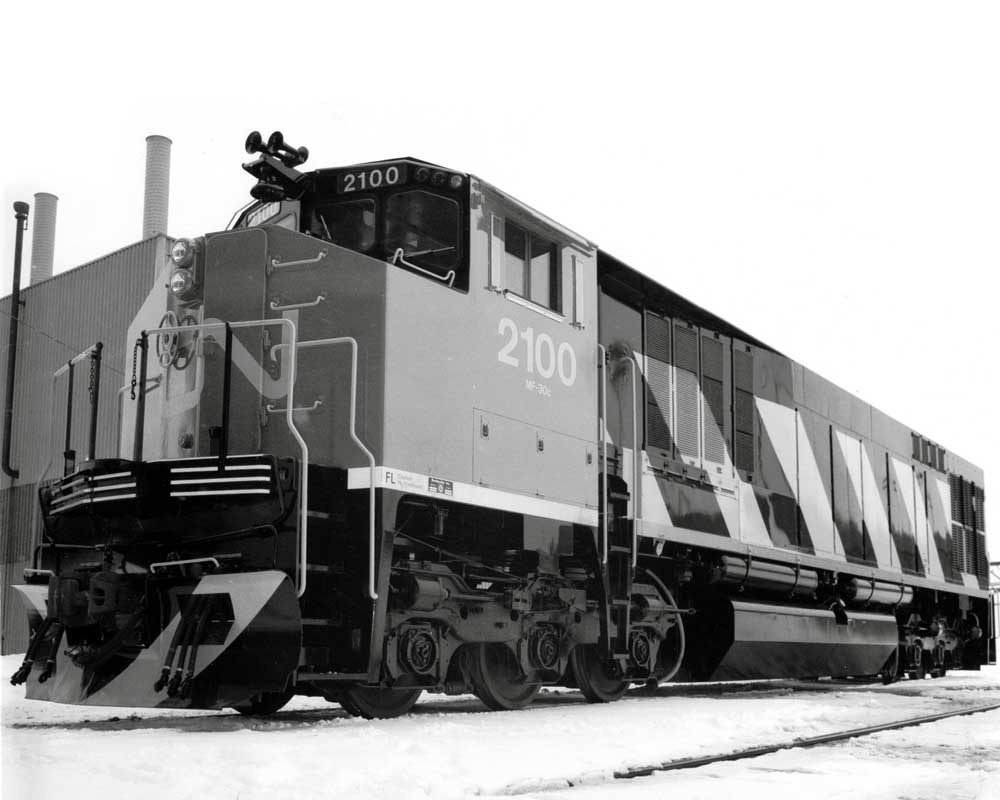
The Bombardier HR616 locomotive sold just 20 copies to one railroad, qualifying it as a Diesel That Didn’t. In North America, when we think of builders of diesel road locomotives, we usually conjure visions of EMD, GE, Wabtec, Alco, Baldwin, and Fairbanks-Morse. But there were others, including Canada’s Bombardier. The Montreal-headquartered rail transportation arm of […]
Read More…
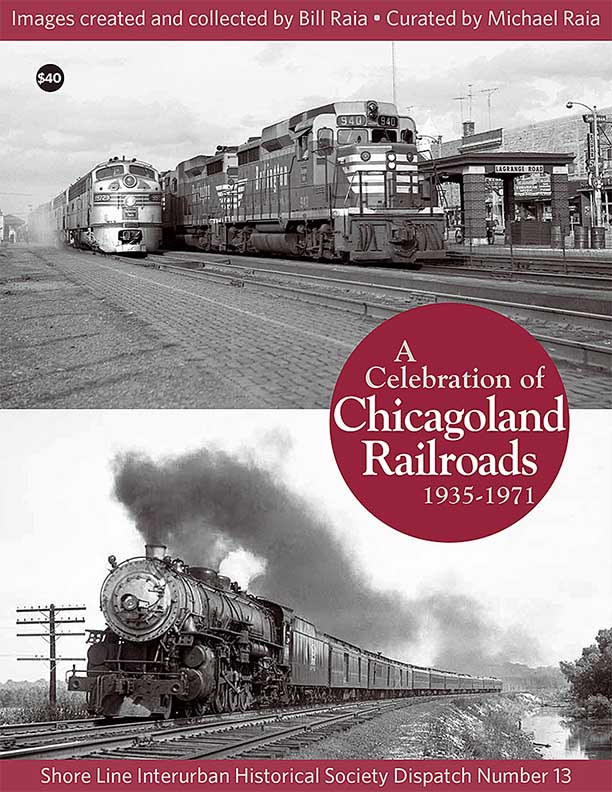
Don’t be thrown by the name of the publisher: A Celebration of Chicagoland Railroads goes way beyond interurbans. Anchored by the work of Soo Line veteran Bill Raia, this softcover encompasses steam, diesel, and electric and includes virtually every railroad, every station, and seemingly every train. It’s all here: Burlington Zephyrs, Milwaukee Road Hiawathas, Santa Fe […]
Read More…
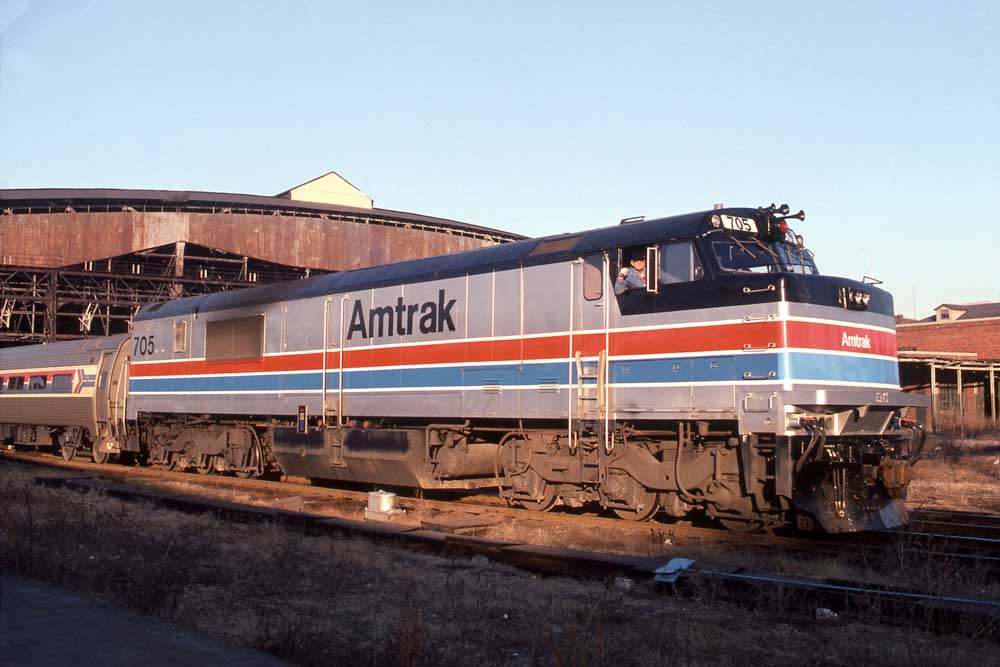
Amtrak St Louis services have included routes to the East, Southwest, and other Midwest points throughout its 50-plus-year history. At one time, the Gateway City was a secondary Midwest hub for Amtrak. Long-distance trains serving St. Louis through the years included the Inter-American, National Limited, and Texas Eagle. Additional short-distance trains include services to Chicago […]
Read More…
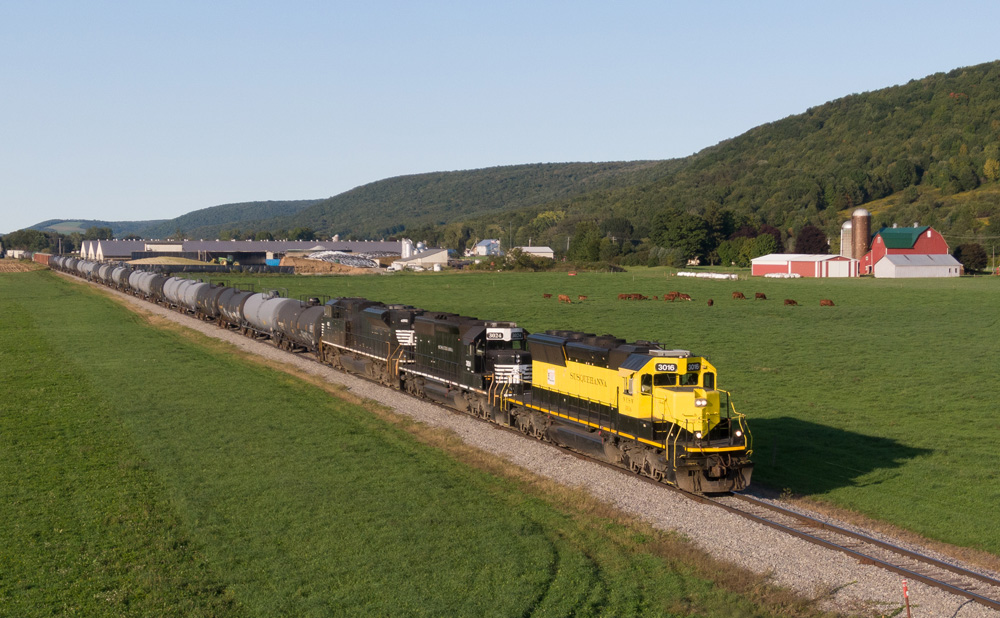
EMD ECO locomotives mark 15 years EMD’s 710ECO line of eight- and 12-cylinder prime movers celebrates its 15th anniversary this year. Introduced in 2007, this repower package was the company’s answer to the expanding market for low- and medium- power gensets sold at the time. While the company sold far fewer ECOs than gensets, time […]
Read More…
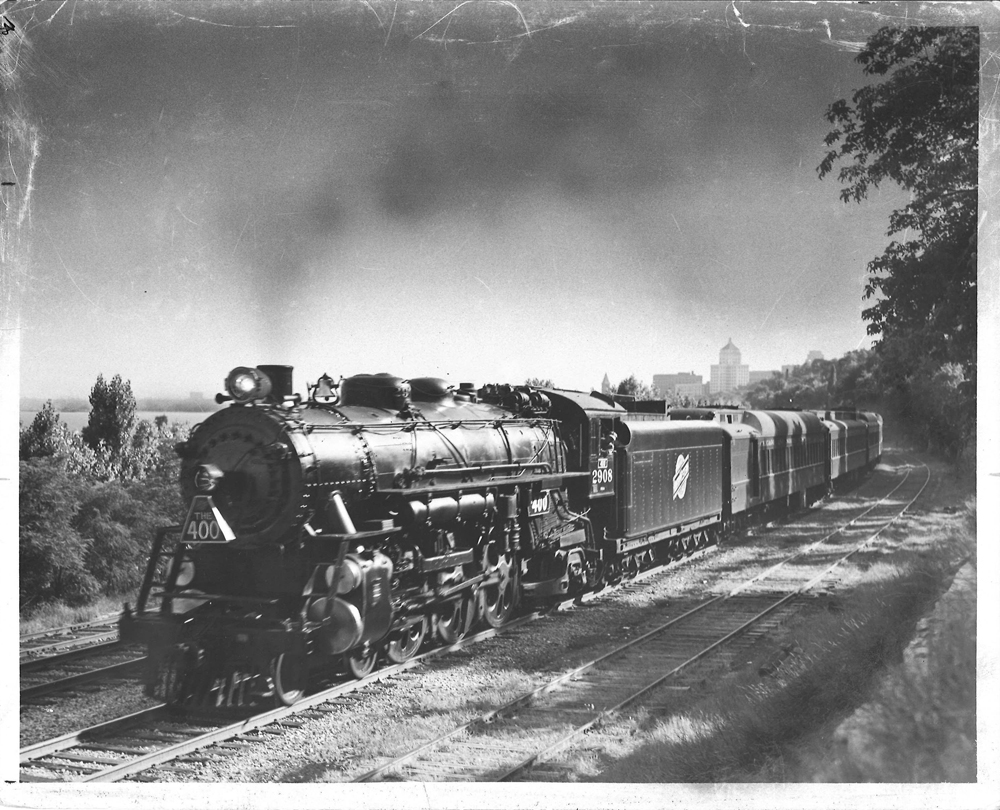
Most users of Milwaukee’s Oak Leaf Trail running from the Lake Michigan shoreline in downtown Milwaukee northwest through the city are aware, or could easily guess, they are using an old railroad right of way. Few realize this was once the route of one of the fastest long-distance passenger trains in the world — the […]
Read More…
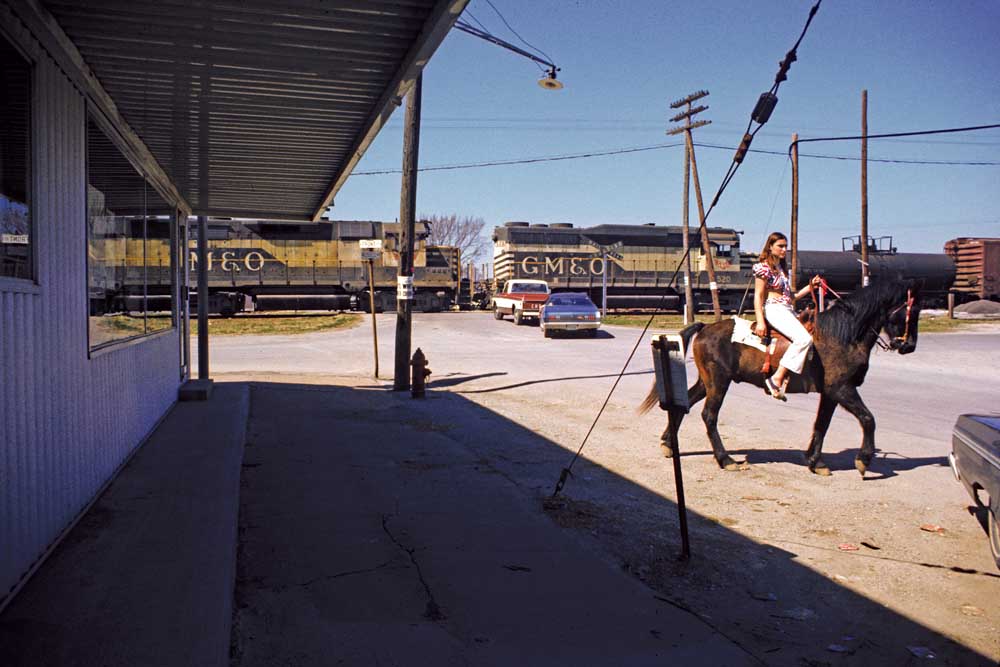
Although I’ve never been great with a camera, I’ve enjoyed a life immersed in railroad photography, thanks to my good fortune at being able to edit railroad magazines for most of the past 40 years. I’ve had my favorites, of course, but I’ve tried to be as neutral as possible when it came to […]
Read More…
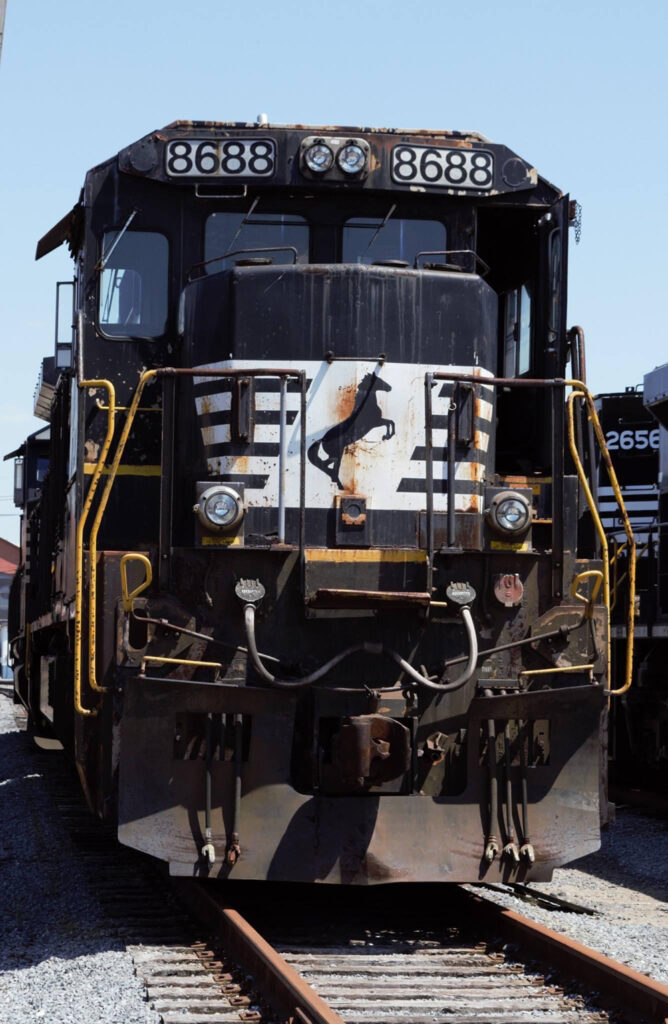
Norfolk Southern C39-8E diesel locomotive No. 8688 is one of only two of its kind known to remain in existence in the United States. The unit, made by General Electric, is a diesel-electric locomotive built between 1984 and 1987. An early part of GE’s Dash 8 series of locomotives, 161 C39-8s and C39-8Es were built […]
Read More…
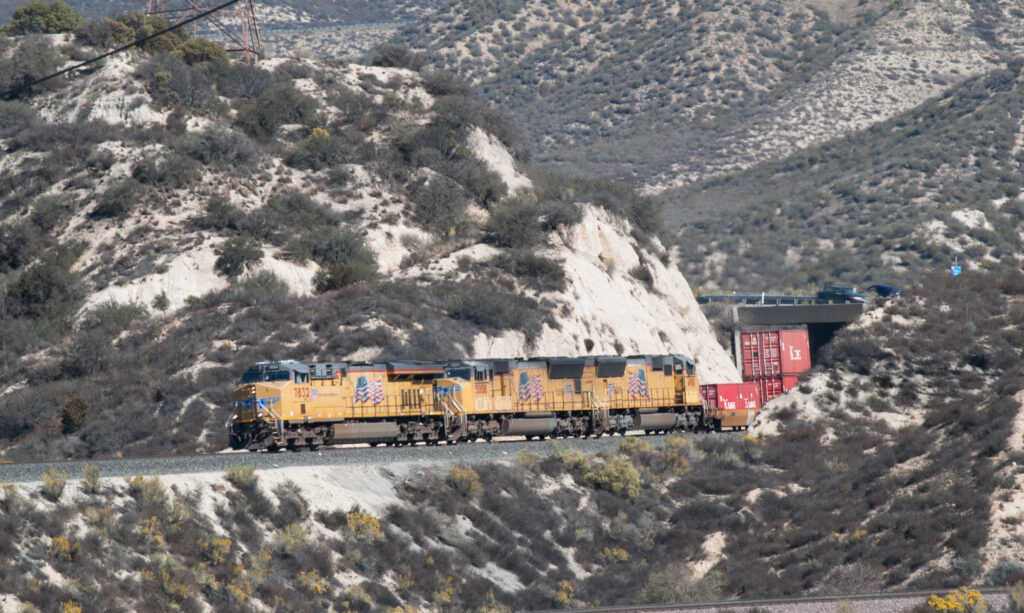
Top 6 locomotive upgrades from Mike Iden include: • Improved crashworthiness • Alerters and event recorders • Exhaust emissions • Improved working conditions in the cab • Improved dynamic brakes • Alignment control But before he explained those items, Iden wanted to include a dictionary definition of the word “enhancement”: Enhancement means “To increase or […]
Read More…
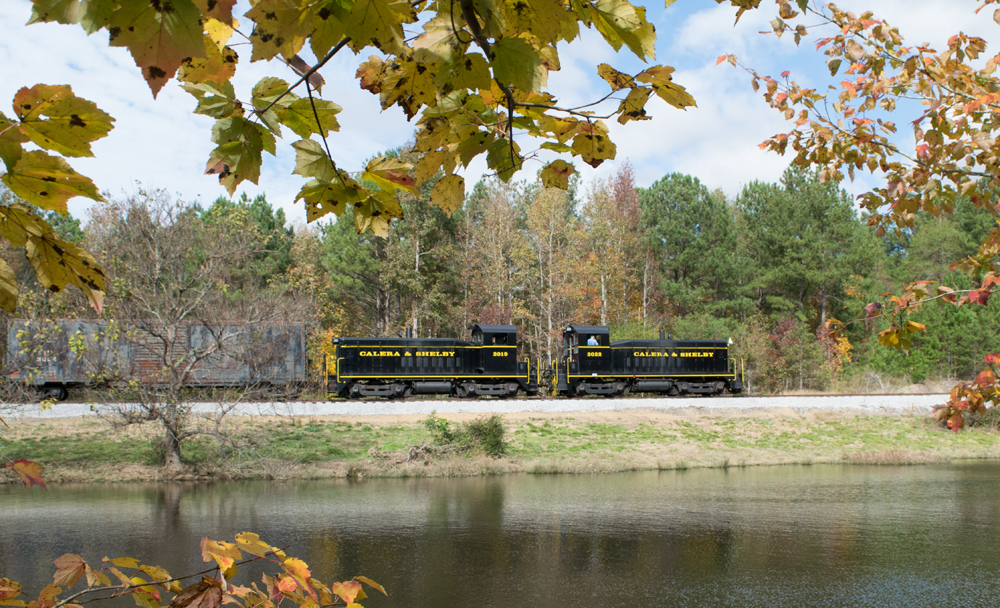
Korean War SW8 diesel locomotives survive in Alabama: Deep in the heart of America’s south, we find two able-bodied veterans of foreign war operating on the Calera & Shelby Railroad at the Heart of Dixie Railroad Museum in Calera, Alabama. Calera & Shelby 2019 and 2022 SW8 switcher locomotives have a story to tell more […]
Read More…












